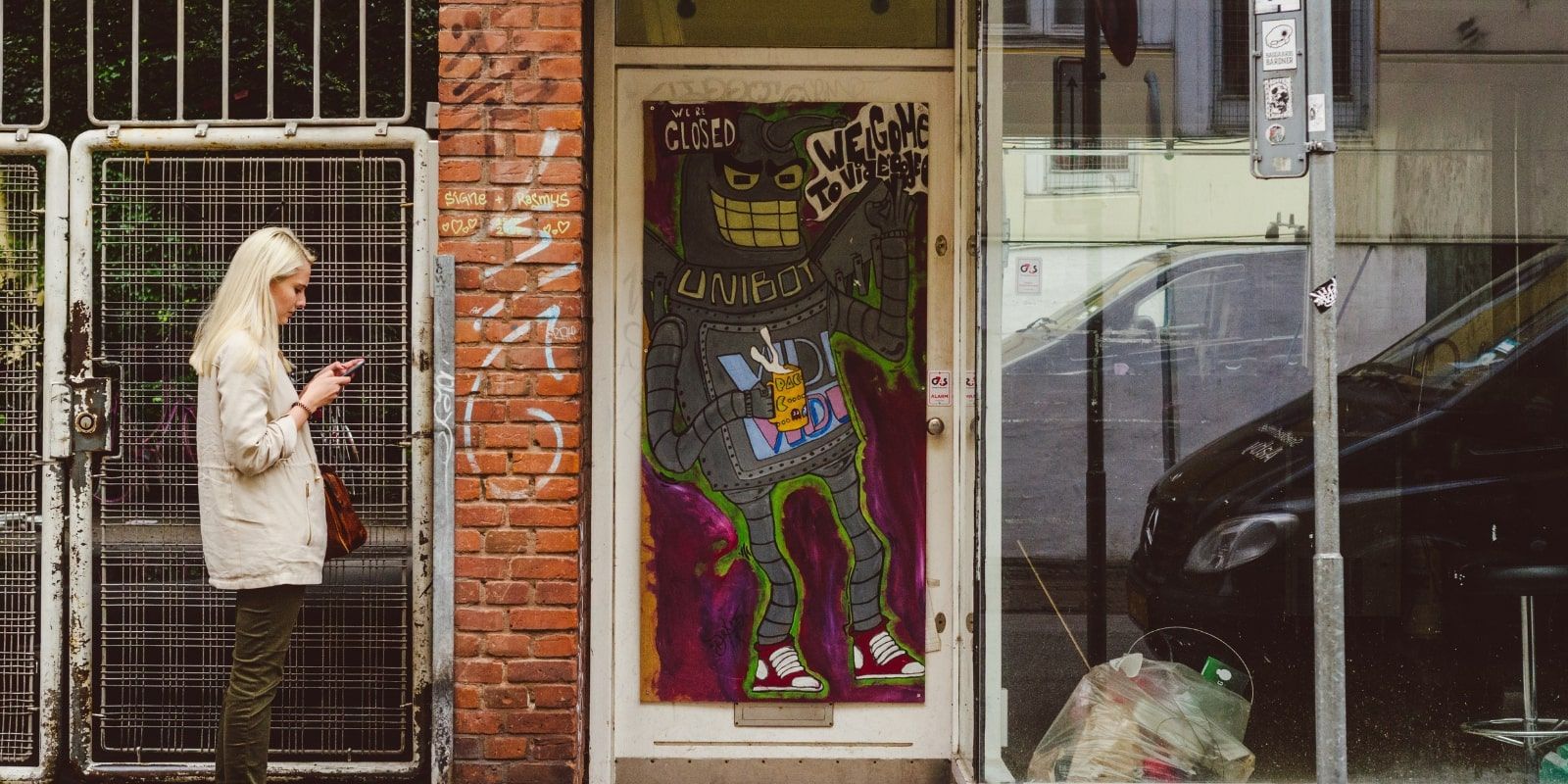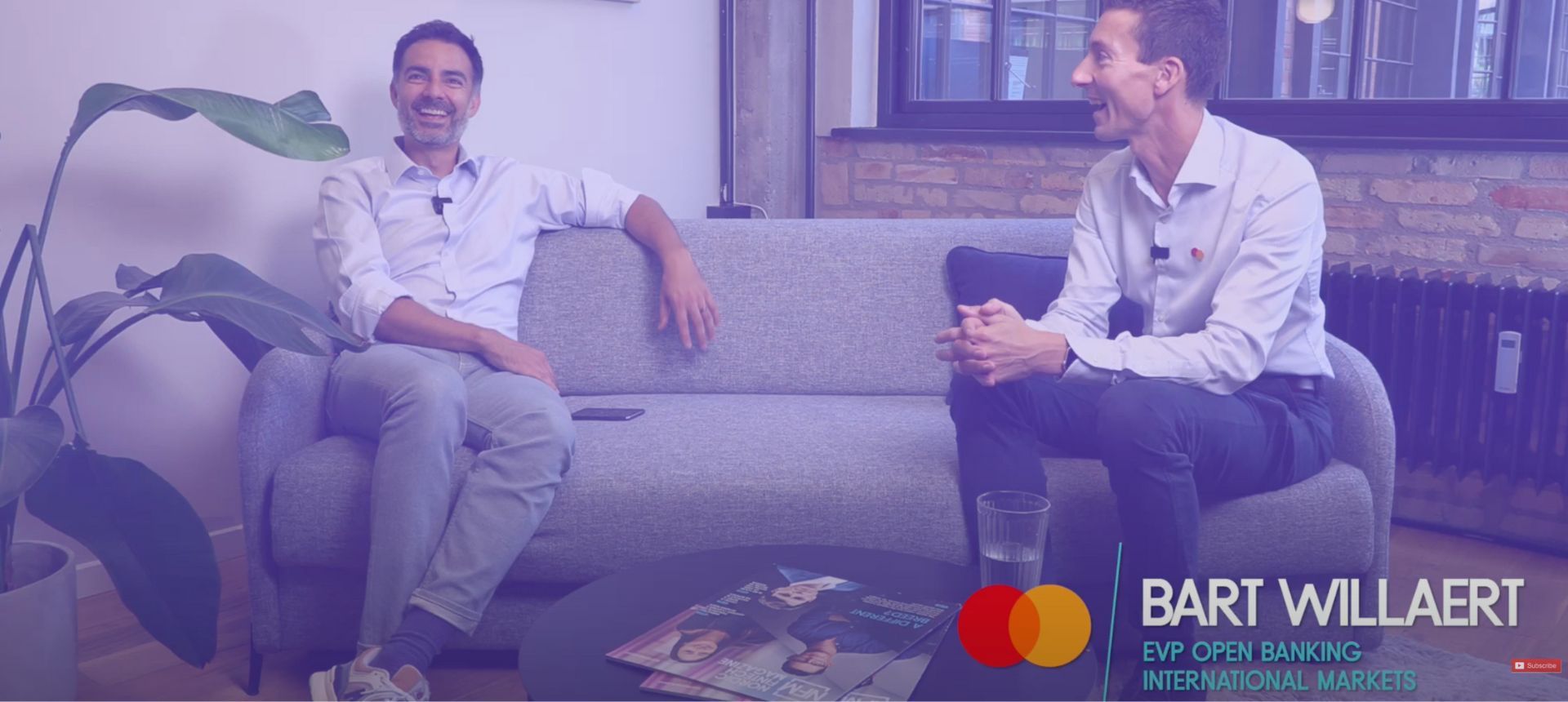
What makes the Nordics tick when it comes to open banking
November 02, 2020 | Louise Basse
Since the introduction of the EU’s payment directive, PSD2, the Nordic countries have proven to be in an extraordinarily good position to foster innovation within the European open banking space.
In our 2020 survey, we asked more than 100 decision makers within the Nordic financial industry about their readiness for PSD2. An overwhelming majority of those asked answered that they’ve been awaiting the arrival of PSD2 for quite some time. More than half of the decision makers (55 percent) stated that they’re ‘fully aware’ of PSD2, whereas only five percent ‘knew nothing about PSD2’.
But why are the Nordics the perfect fit for open banking? Why does it seem that the Nordic countries have made a cohesive and impressive directive adoption in a matter of months? To answer that, we need to look at buzzwords such as “digitisation”, “tech-savviness” and the “openness” to new technology.
Lesson #1: Pushing a digital agenda
According to a survey from the European Commission in 2017, Denmark, Sweden and Finland were ranked as the most digitised countries in all of Europe. Thanks to the Nordic governments’ efforts to create digitised societies, the Nordics are truly digital front-runners, as it’s also mentioned in the report Digital Nordic: Staying Ahead of the Digital Agenda from 2018, which highlights that:
“The Nordic governments have also undertaken strong efforts to digitalise their own operations. One example is the introduction of digital signatures and postboxes, which serve as the cornerstone of many digital services. Using these technologies, citizens are now able to go online to file their tax reports, apply for unemployment benefits or register a change of address.”

To a much larger extent than other European countries, Nordic governments have pushed for a digital agenda at an early stage. As the report Governing the Digital Transition in the Nordic Regions from 2019, the international research centre, Nordregio, states:
“The Nordic countries are widely accepted as digital front-runners in the European and even global context. Thus, perhaps unsurprisingly, all Nordic countries are in the process of implementing national strategies related to digitalisation. Overall, these policies have fairly similar goals, with a focus on digital public services, supporting growth and innovation in business and ensuring digital security.”
Lesson #2: Adopting a tech-savvy mindset
There’s no doubt that financial institutions, businesses and consumers across the Nordics have adopted a more digital and tech-savvy mindset in their everyday lives. Of course, the point of describing how digitisation, tech-savviness and openness characterise Nordic societies is to show why the Nordic region is the perfect fit for open banking:
“The Nordics have long been on the leading edge of digital innovation and use of digital technology. The banking industry is no exception and Nordic banks are digital front-runners that started investing early in digital banking services,” as it’s well explained in an analysis from S&P Global.
A great example of this is Norway's largest bank, DNB. To leverage new open banking opportunities, DNB joined forces with Nordic API Gateway to build new account aggregation features in its multi-banking mobile app that enables its customers to get a better financial overview across banks.

With Nordic API Gateway’s extensive coverage of banks in Norway, DNB saw it as a natural fit to team up and build the new mobile app based on Nordic API Gateway’s account information service.
According to DNB’s Head of Open Banking, Per Kristian Næss Fladset, this is an important milestone to becoming every Norwegian’s mobile bank:
“PSD2 and open banking is all about creating new opportunities and fostering more competition in the industry, and we want to be a leading player in these changes,” he says and continues:
“With Nordic API Gateway, we’re taking full advantage of the opportunities PSD2 creates. It’s a unique opportunity to aggregate financial data from other players to give our customers a better financial overview.”
Lesson #3: An openness to new technology
Our third lesson from open banking in the Nordics is all about how open financial institutions, banks and consumers are to new technology.
The Nordics’ readiness to embrace open banking is not only due to the high level of digitisation. In 2006, the five Nordic national banks published the joint report Nordic Banking Structures, which asserts that the Nordic banking sector’s openness to new technology and innovation is striking:
“The use of new technology in banking is common in the Nordic countries. Nordic banks have succeeded in taking advantage of modern banking technology in business operations so as to reduce costs and improve efficiency. One reason for this is that the banking crises in the late 1980s and early 1990s in some Nordic countries forced banks to dramatically improve efficiency and increase the use of new technology. Common attitudes towards modern technology and its usage have been positive in the Nordic countries. Banks and their customers have been open to new innovations and their applications in banking. This development has substantially affected distribution channels and services.”

The latest example of Nordic cross-national banking cooperation was launched less than a year ago and is the comprehensive clearing infrastructure project for real-time, multi-currency cross-border payments called 'P27', which involves banks from Denmark, Sweden and Finland. In light of the Nordic countries’ long tradition of openness to new innovation, it’s no wonder Nordic banks also have a tradition of adopting new technology. Perhaps this explains why more than 75 percent of the Nordic decision makers surveyed have made at least one change to their business because of PSD2 less than six months after the directive went into full effect.
Keen to explore how you can use open banking to put the power of the online bank into your service? Download our open banking report or see how other businesses took advantage of open banking.




